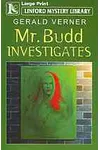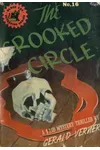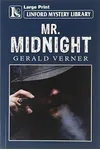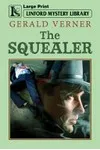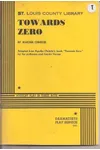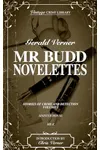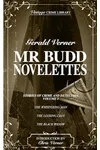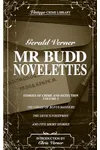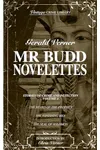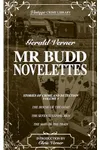Picture a British storyteller who spun tales of suspense that kept readers on the edge of their seats—meet Gerald Verner! Born John Robert Stuart Pringle, Verner was a literary chameleon, crafting over 120 thrilling novels under various pseudonyms. His knack for gripping narratives and unforgettable characters made him a titan of 20th-century thriller fiction, with works translated into over 35 languages.
From the shadowy streets of London to the minds of cunning detectives, Verner’s stories captivated audiences, including the Duke of Windsor, who owned a special set of his thrillers. Let’s dive into the life, works, and lasting legacy of this master of suspense!
The Making of Gerald Verner
Born on January 31, 1897, in Streatham, London, John Robert Stuart Pringle grew up with a passion for storytelling. Initially writing as Donald Stuart, he penned 44 tales for the Sexton Blake Library, honing his craft in the fast-paced world of pulp magazines like The Thriller and Detective Weekly. Influenced by the legendary Edgar Wallace, Verner adopted a punchy, plot-driven style that would define his career. His early pseudonyms, including Thane Leslie and Nigel Vane, reflected his versatility and ambition to conquer the thriller genre.
By the 1930s, Verner was recycling his magazine stories into novels for publisher Wright & Brown, a clever move that showcased his adaptability. His ability to create memorable protagonists under tight deadlines set him apart, paving the way for his prolific output and global success.
Gerald Verner’s Unforgettable Stories
Verner’s bibliography is a treasure trove of suspense, with standout series featuring detectives like Robert Budd and Trevor Lowe. His 1936 novel The Grim Joker kicks off the Robert Budd series with a chilling tale of gruesome murders, showcasing Verner’s flair for intricate plots and sadistic villains. In The Whispering Woman (1949), Budd unravels a web of mystery, blending psychological tension with classic whodunit charm.
The Trevor Lowe series, including Phantom Hollow (1933) and Terror Tower (1935), follows the playwright-criminologist as he tackles cryptic riddles and deadly conspiracies. Verner’s style—fast-paced, dialogue-heavy, and laced with twists—kept readers hooked. His ability to craft relatable yet flawed heroes, paired with his knack for recycling stories across formats, ensured his tales remained fresh and accessible.
Beyond novels, Verner adapted works for stage and screen, including Peter Cheyney’s The Urgent Hangman into Meet Mr. Callaghan (1952) and Agatha Christie’s Towards Zero (1956). His 1949 novel The Whispering Woman became the 1953 film Noose for a Lady, cementing his influence across media.
Why Gerald Verner Matters
Gerald Verner’s impact on thriller fiction lies in his sheer productivity and adaptability. His novels, translated into over 35 languages, brought British suspense to a global audience. The Duke of Windsor’s fandom—complete with a bespoke set of 15 Verner thrillers—underscored his cultural reach. His influence persists in reprints like The Q Squad (2012), proving his stories still resonate.
Verner’s legacy also lives on through his son, Chris Verner, who has preserved his work and even co-authored titles like The Seventh Virgin (2019). By blending pulp energy with sophisticated plotting, Verner inspired generations of crime writers, making him a hidden gem in the thriller canon.
- Born: January 31, 1897, Streatham, London
- Died: September 16, 1980, Broadstairs, Kent
- Key Works: The Grim Joker, The Whispering Woman, Phantom Hollow
- Pseudonyms: Donald Stuart, Thane Leslie, Nigel Vane, Derwent Steele
Snag The Grim Joker and dive into Gerald Verner’s pulse-pounding world of suspense!

















